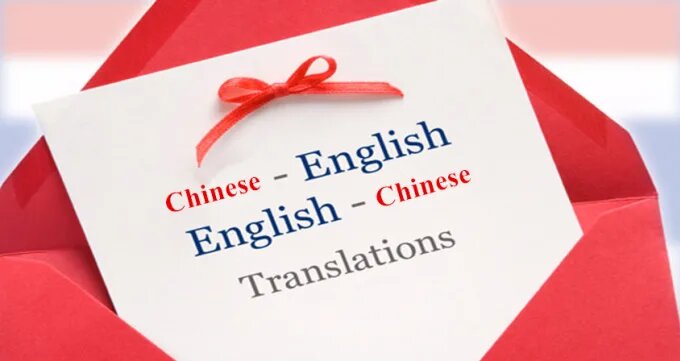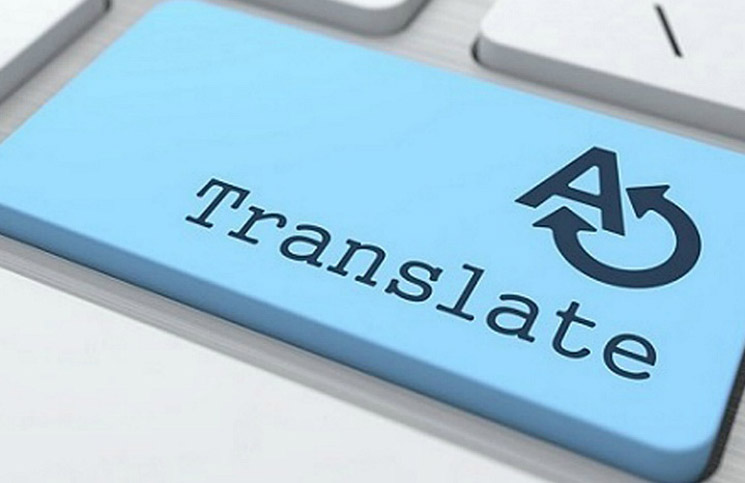As a world economic power, China is also one of the five permanent members of the United Nations Security Council. The world’s largest exporter, the country has the largest army on the planet and the second-largest military budget. Data that will drive anyone crazy, but that attracts more and more entrepreneurs! You will discover in this article everything you need to know to learn Chinese, all about Chinese legal translation, and why not go and settle in China?
Table of Contents
China is the Third-Largest Country in the World!
Currently, there are 81 languages spoken in China. What makes crosswords a little more complex? Through different levels of written and oral skills, 55 national minorities use their language. Minorities sometimes use several languages at the same time to communicate. 49 languages - among the 81 registered in China – bear the name of the nationality that uses it. In other words,
- the language “han” is used by “han”,
- the “Zhuang” by the “Zhuang”
- and likewise for the “buyei”, the “dai” …
Wait, it will get even more complicated…
In the 32 languages that remain in this linguistic menu, its name is different from the nationality of its speakers. (Yes, it is quite complicated) A concrete example with the 90,000 Tibetans whose mother tongue is “Gyarong”, not “Tibetan”! Do not panic!
China works with a well-organized linguistic classification model that serves to constitute some language groups within the Chinese family. This model of linguistic classification is based on criteria of the distance between languages and dialects, as well as other more specific conditions, such as the history of the region, ethnic identity, or the evolution of nationality depending on the language.
The History of the Chinese Language
Ancient Chinese, commonly called “archaic Chinese”, is the oldest form of the Chinese language. Regarded as the ancestor of most Chinese languages today, such as Cantonese or Tibetan, ancient Chinese is a pearl for all language lovers. We found its presence in turtle shells and animal bones dating from more than 1250 years BC, during the end of the Shang Dynasty’s reign!
Most of the characters that make up this language are phonograms; that is, like Egyptian hieroglyphs, they are read like rebuses. The proliferation of inscriptions in archaic Chinese during the Zhou Dynasty greatly influenced classical Chinese literature and its works, preserving to this day the acclaim of this language that dates back several millennia.
Divided into several languages or dialects, however, Chinese Mandarin has been chosen as the official language or the standard language “pǔtōnghuà” by the People’s Republic of China, in areas such as education, government, and the media. This language has its origin – in terms of pronunciation and grammar – in the different dialects most spoken in the northern provinces of the country, with the main “inspiration” of Beijing, the capital Legal translation near me Jumeira Village Triangle.
European transport travelers brought this language abroad; it appeared for the first time across the country in the rhyme book “Zhongyuan Yinyun” in the Yuan dynasty during the 13th and 14th centuries. Considered a kind of “linguistic bible”, this book marks a passage in the history of languages in the land of Confucius. Much later, in the 20th century, in 1956, to be exact, Standard Mandarin gained strength close to the ancient dialects and “local languages” that struggled to survive in a modern, standardized China.
The Chinese Influence in the Asian World
Although almost 60% of modern Japanese vocabulary is of Chinese origin, few venture to say that Japanese and Mandarin have a common origin. Initially, classical Chinese was the language used, read, and written by the most educated people on the peninsula. Before, Chinese influence left its mark on Japan predominantly in the 6th century, during the Asuka and Nara periods, to end in the 12th century under Heian.

This presence in the land of the rising sun marked the Japanese language, as its calligraphy contains characters created by the Chinese, and today still in “activity” in Japan. From a historical point of view, the first foreign influence on Korean soil was that of China (the Americans arrived much later).
Perceived as a model of civilization by Koreans, the Chinese empire has been able to guarantee its cultural influence in Korea since the 5th century BC. However, the mark left by China in Korea is also a legacy in the field of writing, with the adoption of Chinese ideograms, which is partly a Chinese legal translation service that is now so widely used. In the vocabulary, the Chinese influence is equally surprising, with estimates of the use of the terms “Sino-Korean” ranging from 60% to 70%.
Being the Vietnamese closest to ancient Chinese, his Cantonese influence is the result of the common history of the two countries marked by several centuries of Chinese rule in a part of Vietnamese territory. Some Vietnamese words have their origin in China (90% for some Chinese), as well as ancient Chinese writing, the now obsolete “Chữ nôm”.
Why is Chinese Legal Translation Required?
By reading up till here, you must have gotten a fair idea of how vast the Chinese language is. It is not just one language that has gained popularity over the years; it is a language that is spoken by billions of people and has a variety of dialects. The Chinese people are very proud of their language and no matter where they go, you will always see them communicating in their mother tongue. This is why it is even more important for you to get Chinese legal translation services in Dubai for your documents if you are planning to get involved with the Chinese.
Make sure you hire professional legal translators who are well aware of both languages at hand to avoid any inconveniences that you may face later just to save a few bucks at the early stage. Quality should always come first in legal matters!





